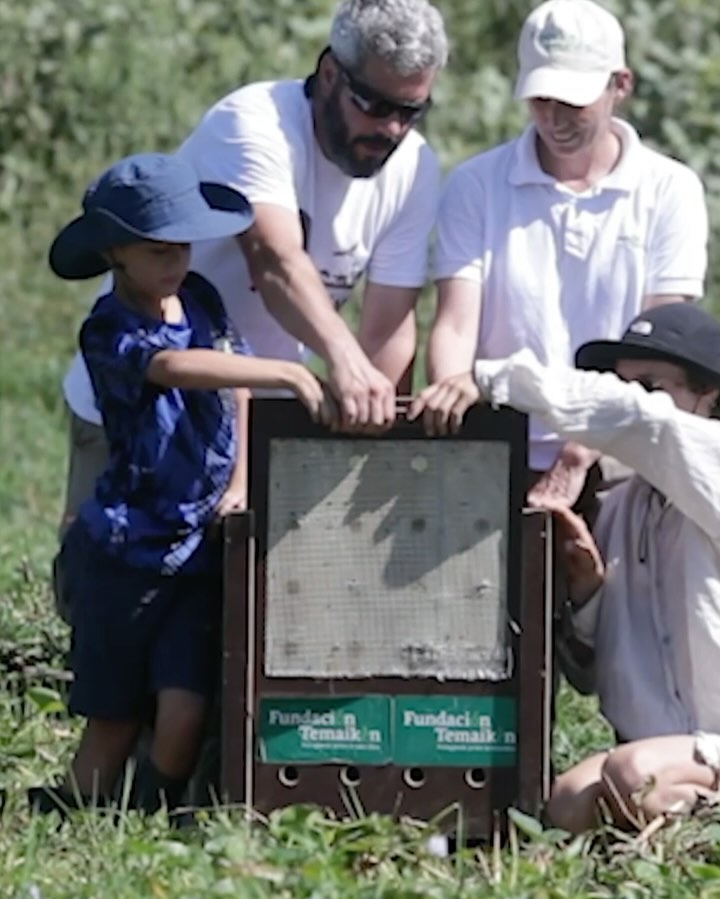- Understanding the role of wetlands in wildlife conservation and their significance as ecosystems.
- The detailed process of wildlife reintegration and rehabilitation in the Delta region.
- Insights into specific animal cases and their journey to recovery and release.
- The importance of biodiversity and habitat restoration for sustainable ecosystems.
- The contributions of wildlife conservation experts and organizations in protecting and restoring natural habitats.
Wetlands are not merely lands saturated with water but are vital ecosystems rich in biodiversity, acting as dynamic sanctuaries for countless species. These regions, such as the Delta, provide critical services like water filtration, flood control, and carbon storage, playing an essential role in global climate regulation. However, their true value lies in being habitats that support a wealth of wildlife. Recent initiatives focused on wildlife reintegration have underscored the profound impact of these efforts on both the environment and the involved species.
Dos días, dos reinserciones y muchos animales volviendo a casa perfectly exemplifies a concerted effort towards wildlife conservation in wetlands. This initiative, spearheaded by experts at wildlife recovery centers, showcases the importance of returning rehabilitated animals to their natural habitats as a step towards ecological balance.
The project recently carried out two significant reintegration operations in the Delta region, a move that marked the return of diverse animal species to the wild. Among them was a peludo, a peculiar animal that had endured months in a Wildlife Recovery and Treatment Center (CRET). There, it underwent extensive care to regain its physical health and natural behaviors. This center’s role cannot be understated as it provided the necessary environment and expertise required for the recovery of such an animal, allowing it to heal and eventually return to its rightful place in the wild.
Another highlight of this initiative was the reintegration of five orphaned capybaras. Raised with skilled care, these capybaras flourished and developed the skills needed to thrive independently in their natural environment. Capybaras, the world’s largest rodents, are integral to wetland ecosystems. Their return signifies a step forward in maintaining the balance of these complex environments.
The project also saw the release of three swamp turtles, whose shells required careful reconstruction before they could be reintegrated. Such medical and biological efforts underpin the complexities involved in rehabilitating animals suffering from injuries.
Additionally, various bird species were released, each representing a unique victory in wildlife conservation. A rescued thrush, a patched-up brown pintail duck, crested caracaras, mixed hawks, a chimango, a great egret, and a barn owl tell the stories of conservation success. Some were nurtured from chicks, while others were rehabilitated from injuries, highlighting the depth of the care provided.
These reintegrations are not isolated incidents but essential components of a broader conservation strategy aimed at restoring ecological balance. The importance of biodiversity cannot be overstated. Each species forms a critical link in its ecosystem, and the loss of one can have cascading effects. As such, preserving biodiversity through initiatives like Dos días, dos reinserciones y muchos animales volviendo a casa is crucial for the health of our planet.
The story of each animal released is a compelling reminder of the resilient nature of wildlife and the dedication of conservation teams. These teams work tirelessly to ensure that animals can return to the wild safely. Through scientific research, rehabilitation practices, and collaboration with local communities, they bridge the gap between human impact and natural recovery.
Wetlands, as complex ecosystems, demand more than just occasional attention. Their inherent ability to sustain life while providing ecological benefits makes their preservation a priority for conservationists worldwide. The efforts in the Delta region illustrate how targeted initiatives can bring about positive change. As these animals rejoin their natural environments, they rejuvenate the ecological tapestry of the wetlands, ensuring the future health and diversity of these habitats.
As we continue to witness the impacts of human activity on natural environments, the lessons learned from wetlands and wildlife conservation efforts become increasingly relevant. Each successful reintegration serves as a reminder of our responsibility to protect and sustain the natural habitats we share with countless other species.
Through dedicated efforts and a profound understanding of wildlife and ecosystems, conservation initiatives like Dos días, dos reinserciones y muchos animales volviendo a casa will continue to pave the way for a more harmonious coexistence between humans and nature. The journey of these animals back to their homes in the wetlands signifies hope and a vision for a future where nature thrives amidst growing environmental challenges.
*****
Source Description
Dos días, dos reinserciones y muchos animales volviendo a casa. 💚🐾
Los humedales son refugio de vida y por el realizamos dos reinserciones en distintas zonas del Delta.
🦔 Un peludo que pasó meses en el CRET hasta recuperar su estado físico y sus comportamientos naturales.
🦫 Cinco carpinchos huérfanos que fueron criados hasta valerse por sí mismos en su ambiente.
🐢 Tres tortugas de laguna que necesitaron reconstrucción de su caparazón.
🦜 Un zorzal, un pato barcino, caranchos, gavilanes mixtos, un chimango, una garza mora y una lechuza de campanario criados de pichones o recuperados de lesiones.
Cada animal que vuelve a su hábitat es un paso más para la conservación de los humedales. Restaurar el equilibrio es clave para su futuro (y el nuestro). 🌿
📸Gonzalo Prados


